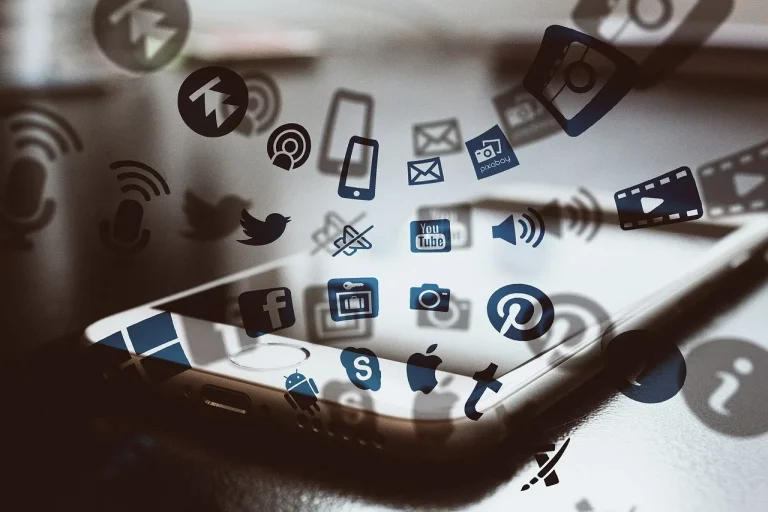
Imagine pointing your cell phone camera at an empty space and seeing a piece of furniture perfectly fitted into the room or virtually trying on how an outfit would look on you before you even buy it.
This is the reality provided by augmented reality (AR) applications, a technology that is transforming the way we interact with the world. AR is not just a passing trend; it is a revolution that is reshaping markets, from retail to education.
In this article, we'll explore how augmented reality is impacting different sectors, showcasing practical examples, innovative solutions, and the promising future of this technology.
Retail has been one of the sectors most impacted by augmented reality. Apps like IKEA Place allow consumers to visualize products in their homes before making a purchase.
Simply scan the space with your smartphone and position a virtual piece of furniture in the space. This experience not only increases confidence in the purchase decision but also reduces return rates.
Another example is the use of AR by fashion and beauty brands. Apps like Sephora's allow users to virtually try on makeup. This not only saves time but also makes the shopping experience more fun and engaging.
As a result, companies that adopt AR are seeing a significant increase in customer satisfaction and loyalty.
In education, augmented reality is making learning more dynamic and accessible. Imagine studying human anatomy through an app that lets you view organs in 3D, or learning history by exploring virtual reconstructions of ancient monuments.
Platforms like Google Expeditions offer immersive experiences that transport students anywhere in the world, without leaving the classroom.
Additionally, AR has also been used in training professionals in areas such as healthcare and engineering, allowing realistic simulations without the risks and costs associated with real-world situations.
Advertising campaigns are becoming more creative and interactive with the use of augmented reality. Brands like Pepsi and Burger King have already used AR to engage consumers in innovative ways.
In a Pepsi campaign, for example, a bus stop was transformed into a window into a world of dinosaurs and spaceships through an augmented reality screen.
AR is also used on product packaging to tell stories or provide additional information. With a simple scan, consumers can unlock exclusive content, such as recipes, tips, or even interactive games.
This approach not only strengthens customer relationships but also helps brands stand out in a competitive market.
The real estate industry has benefited enormously from augmented reality. Apps allow buyers to visualize properties still under construction or customize details such as finishes and furnishings. This reduces uncertainty and speeds up the decision-making process.
Architecture firms are also using AR to present projects more clearly and engagingly. Using AR glasses or apps, you can virtually walk through a building or planned space, facilitating adjustments and alignments before construction even begins.
In healthcare, augmented reality is opening up new possibilities. Surgeons are using the technology to plan complex procedures, visualizing organs and internal structures in 3D.
Additionally, AR applications help patients better understand their diagnoses and treatments, promoting greater adherence to medical recommendations.
Another example is the use of AR in therapy and rehabilitation. Interactive games and gamified applications have helped patients with conditions like stroke recover movement and motor skills in a more engaging way.
Additionally, apps like Headspace are utilizing AR elements to aid mental well-being, promoting guided meditation and relaxation.
Augmented reality isn't just a technology; it's a catalyst for transformation across a variety of industries. From personalized shopping to immersive training, AR is improving experiences, streamlining processes, and bringing more creativity to everyday life.
Whether you're a consumer, student, or professional, it's undeniable that augmented reality has something to offer. The future of this technology is promising, and the possibilities are limited only by our imagination. What do you think? Share your ideas and tell us how you envision AR's impact on your daily life.